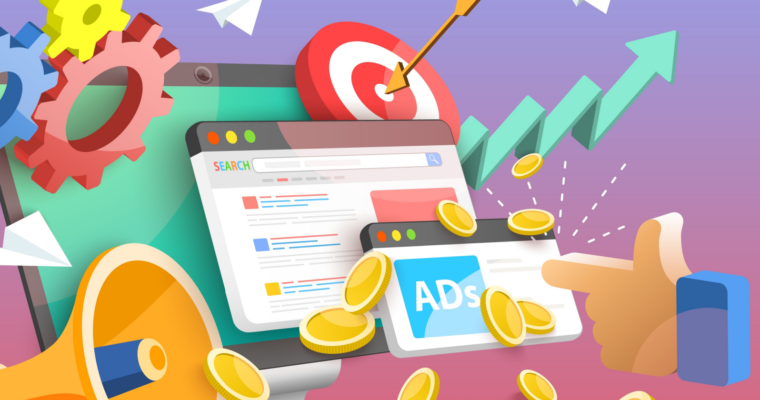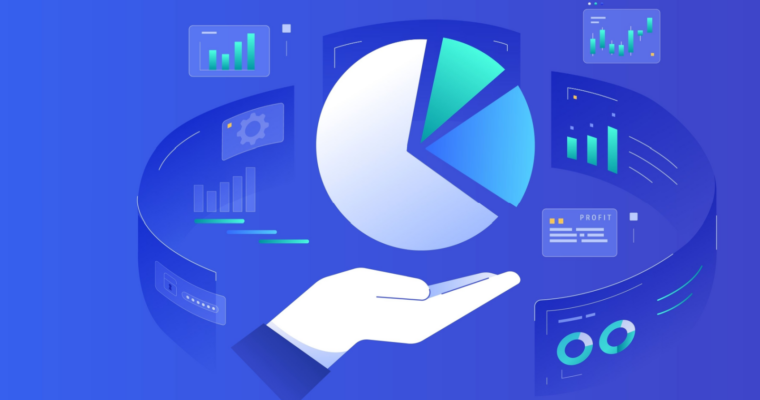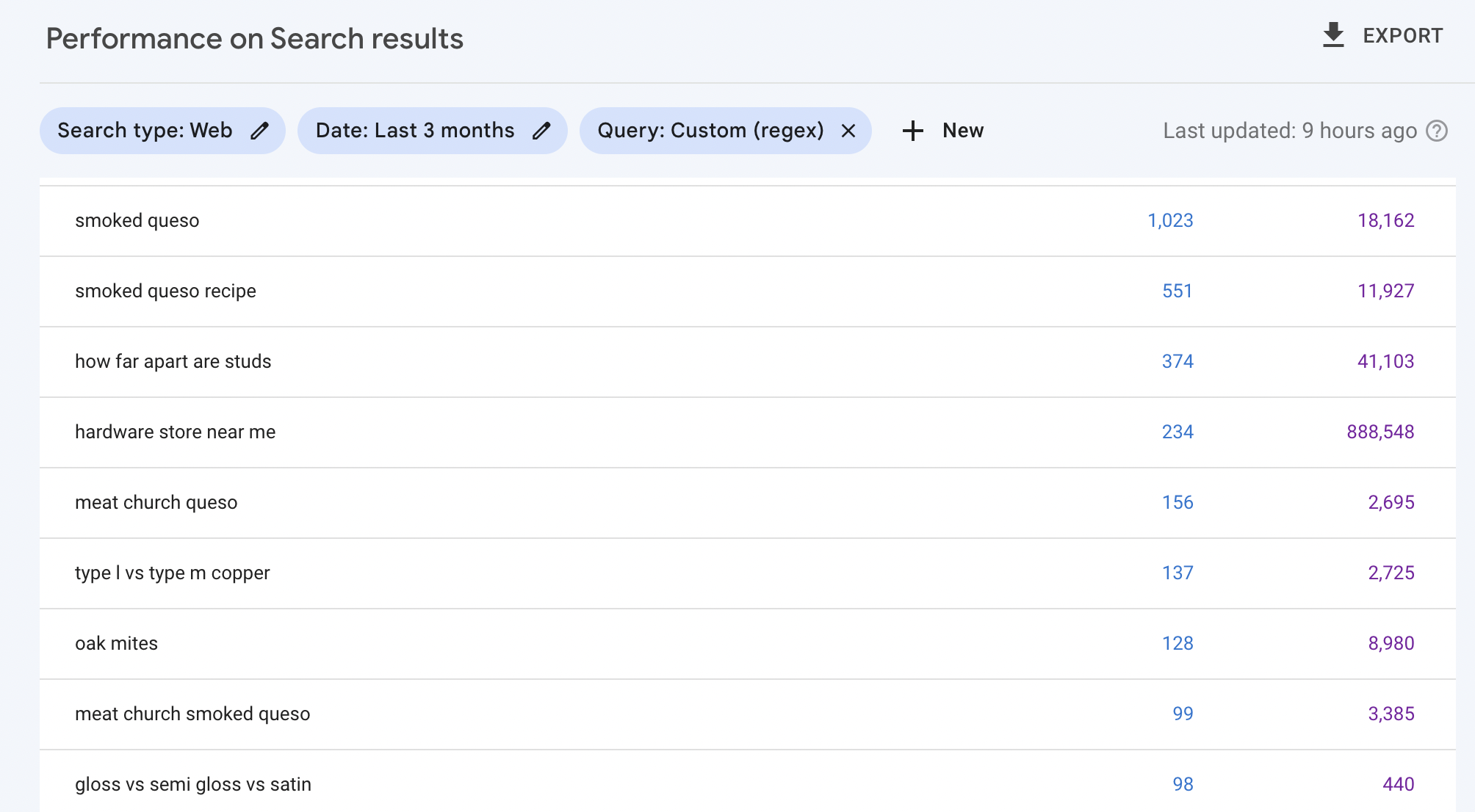Paid media marketers, take a deep breath – 2024 was a whirlwind, wasn’t it?
AI officially moved from buzzword to business-as-usual, with tools like Google’s Gemini and Microsoft’s Copilot changing how we create ads, manage campaigns, and even analyze performance.
Privacy updates threw yet another curveball, with third-party cookies trying to fade into the sunset, but then Google reversed its decision, and platforms stepped up with new privacy-friendly targeting solutions.
Oh, and let’s not forget TikTok and Reddit leveling up their ad platforms, making them serious players for advertisers looking to diversify beyond Google and Facebook.
And then there’s Google’s AI-generated search overviews. If you haven’t seen them yet, they’re already shifting how ads show up in search results, adding new dynamics to a space we thought we had figured out.
Basically, the industry didn’t slow down this year – it sped up.
As we head into 2025, the message is clear: Staying still is not an option. The platforms are evolving, consumer behavior is shifting, and if you’re not testing, adapting, and optimizing, you’re falling behind.
Whether it’s leaning into AI, rethinking targeting, or getting smarter about how you spend your ad dollars, there’s no shortage of ways to level up your paid media game this year.
So, let’s talk about seven tangible changes you can make next year to keep your campaigns ahead of the curve.
These aren’t theoretical tweaks – they’re practical, actionable strategies you can implement today to drive better results tomorrow. Let’s dive in.
1. Embrace The Shift To Conversational AI In Ad Creation
Conversational AI tools like Google’s Gemini and Microsoft’s Copilot enable ad creation and optimization in a more fluid, interactive way.
They’re becoming essential for marketers who want to scale ad variations without exhausting creative resources.
If you’re looking to test and scale how this can work for you, start small with AI-generated ad copy tests. Use the conversational AI tools within the Google Ads platform to create a few new ad variations that differ from your standard copy.
For instance, if your current ads are heavily CTA-focused, let the AI suggest more storytelling or benefits-driven language and test these versions in a limited campaign to gauge performance.
Another tip is to start experimenting with ad personalization at scale. AI tools allow you to input audience insights, such as location or interests, to create tailored ad variations.
Create segmented ads that appeal to different demographics or psychographics and use split testing to identify which approach resonates best.
Lastly, whenever you’re using AI-generated content, make sure to set aside time to review those suggestions monthly. Take note of recurring suggestions that could highlight hidden opportunities or adjustments you may not have initially considered.
2. Refine Ad Targeting With Data Privacy In Mind
With the unreliability of third-party cookies, the upcoming year marks the need for refined targeting strategies that balance effectiveness with privacy.
Tools like Google’s enhanced privacy features and Microsoft’s predictive audience segmentation help ensure you’re reaching the right users in a compliant way.
Now’s the time to develop a robust first-party data strategy. Start by auditing your first-party data to identify gaps and potential sources for future data.
You can also utilize your customer relationship management (CRM) tools and website data collection to capture behavior-based insights and create audience segments you own.
Additionally, because both Google and Microsoft allow Customer Match solutions, it’s a great time to review those policies.
Google is updating its Customer Match policy in January 2025 to ensure that first-party data being used in campaign targeting has been collected with consent.
This leads to implementing a consent-based tracking strategy for your company.
Use tools like cookie consent managers and transparency banners to build trust and ensure you’re gathering data responsibly. If you don’t, you’re at risk of not being able to use first-party data solutions by the ad platforms.
When creating a consent-based tracking strategy, it’s also a good idea to proactively share with users how you use their data and offer clear opt-out options. Transparency is key in this two-way buyer and seller relationship journey.
3. Optimize For AI-Driven Search Ad Placements
AI-generated search summaries, especially in Google’s AI Overviews, are creating new ad placements and impacting traditional ad performance. This trend requires close monitoring and proactive adjustments to stay competitive.
As these new ad placements continue to roll out, here are a few tips to make sure your PPC ads are optimized for this new wave of AI content.
- Monitor CTRs On AI-Influenced Placements: Start tracking the click-through rates of ads appearing in AI-generated results versus traditional SERPs. This insight can help you understand whether AI-generated placements impact user engagement and identify areas for improvement.
- Create Specialized Assets For AI Overviews: Use images, headlines, and descriptions designed for short attention spans. For instance, include a compelling image and a clear, concise CTA in your ad to boost appeal in this new placement.
- Review Performance Max Insights Regularly: Google’s Performance Max campaigns, which include AI-driven placements, provide insights into what combinations work best across channels. Use this data to refine ads in other campaigns where similar placements are available.
4. Lean Into Multi-Channel Campaign Integration
With consumers using multiple platforms interchangeably, paid media strategies must embrace an integrated, omni-channel approach.
Platforms like TikTok and Reddit have built out more robust ad offerings, providing marketers with more cross-platform synergy.
Start by mapping out a cross-platform customer journey. Outline your audience’s touchpoints across different platforms.
For instance, if your customer typically discovers products on TikTok but purchases through Google Shopping, ensure you’re present and active on both channels with consistent messaging.
Another item to keep in mind is utilizing platform-specific metrics to refine your strategy.
Each platform has unique engagement metrics. For example, on TikTok, you can monitor completion rates and engagement (likes, comments) to assess content effectiveness.
LinkedIn, on the other hand, is a place to focus on connection and message response rates.
Tailor your content based on what performs best on each channel. Each channel should have a different content strategy, not just putting the same ads across all platforms, hoping that one of them will click with a user.
5. Optimize Creative Customization With AI Image Editing
AI-powered image editing allows for rapid customization across visuals, which is critical for multi-audience campaigns.
Canva’s integration with Google Workspace and Microsoft’s AI image generator simplifies the creative process, enabling customization without extensive design resources.
To make the most of these AI editors and integrations, start with creating templates for faster customization.
Design or download templates on Canva that match your brand guidelines, making it easy to adjust colors, fonts, and messages for different audiences with minimal effort.
The templates can help you maintain visual consistency while catering to different segments.
To take it up a notch, try running A/B tests on custom visuals. Create two or more variations of AI-edited images to test different elements.
When testing creative, make sure to test differences that are noticeable enough. Track which visual styles drive the most engagement, and use those insights to guide future designs.
If you’re targeting multiple locations in your ads, use AI tools to adjust visuals for regional appeal.
For example, if you’re running an ad in New York and California, you can use AI to create images that feature landmarks or seasonal elements relevant to each location.
6. Enhance Attribution Tracking And Adjust KPIs Accordingly
A multi-device world demands better attribution tracking to understand the entire customer journey.
Google’s Enhanced Conversions and Microsoft’s Customer Insights provide more reliable data across touchpoints, helping marketers adjust KPIs to reflect complex engagement patterns.
To start, review enhanced conversions for first-party tracking to determine if this makes sense for your account.
Enhanced Conversions capture data from form fills or purchases to match offline actions back to Google Ads. When setting this up, make sure your campaigns reflect actual conversions, not just clicks, allowing for more accurate reporting.
Additionally, if you’re still using Last Click attribution models, you will be left in the dust.
It’s time to move beyond last-click attribution to track the impact of each customer touchpoint. You can use Google Analytics or Microsoft’s attribution reports to assess the role of each ad in a customer’s journey, and allocate credit accordingly.
Lastly, when it comes to measurement, it’s time to evolve your key performance indicators (KPIs). Not every channel in your marketing mix should be measured by direct purchases.
Just last year, in North America, the average person owned 13 devices – a 63% increase from 2018.
Users leverage multiple devices during their purchase journey, accounting for more visits but fewer conversions. No wonder conversion rates are decreasing!
For example, if you’re running a brand awareness campaign on TikTok for an audience who’s never heard of you, your KPIs should not be measuring purchases.
Track meaningful metrics like engagement rates, increase in branded search queries, or time on site to understand how those platforms contribute to long-term brand growth and loyalty.
7. Make Influencers Part Of Your Marketing Model
Small and large influencers alike are an awesome resource at your fingertips, just as long as your audiences align.
Even brands with a few thousand followers can utilize influencer marketing to make a big difference and gain traction in the market.
You can use AI tools to help you find the top influencers in your space. Then, figure out a Cost Per Acquisition (CPA) for working with them.
From there, you can create a win-win partnership that gets you more leads or purchases while the influencer earns income.
However, be sure to vet your influencers carefully. Users are quick to spot inauthentic content, so make sure that your influencer strategy includes real, authentic voices that truly love and use your product.
Whichever you choose, make sure the influencers you find are big enough to provide real value to your brand — and that you’re paying a CPA that makes sense for your budget and overall goals.
Your 2025 Plan Should Be Evolving
Paid media isn’t about keeping up – it’s about staying ahead.
The industry is moving faster than ever thanks to AI tools, helping us rethink how we work, while privacy changes and new ad formats force us to refine how we connect with our audiences.
The days of “set it and forget it” are long gone. Today, success means constantly testing, tweaking, and evolving your strategy to meet the moment.
The good news?
These changes shouldn’t be seen as obstacles, but opportunities.
By embracing AI for ad creation, experimenting with emerging platforms, and creating a truly user-first experience, you’re not just keeping up with the trends. You’re setting yourself up to thrive in a more competitive landscape.
The bottom line: This is your chance to get creative, think strategically, and use every tool at your disposal to drive results.
Paid media is evolving, and so should you. Let’s make this the year you push boundaries, test boldly, and grow your impact like never before.
More Resources:
Featured Image: TarikVision/Shutterstock



![[PPC] Automation & AI: What Humans Should Be Doing For Success](https://www.searchenginejournal.com/wp-content/uploads/2024/04/hero-featured-97-1024x532.jpg)












